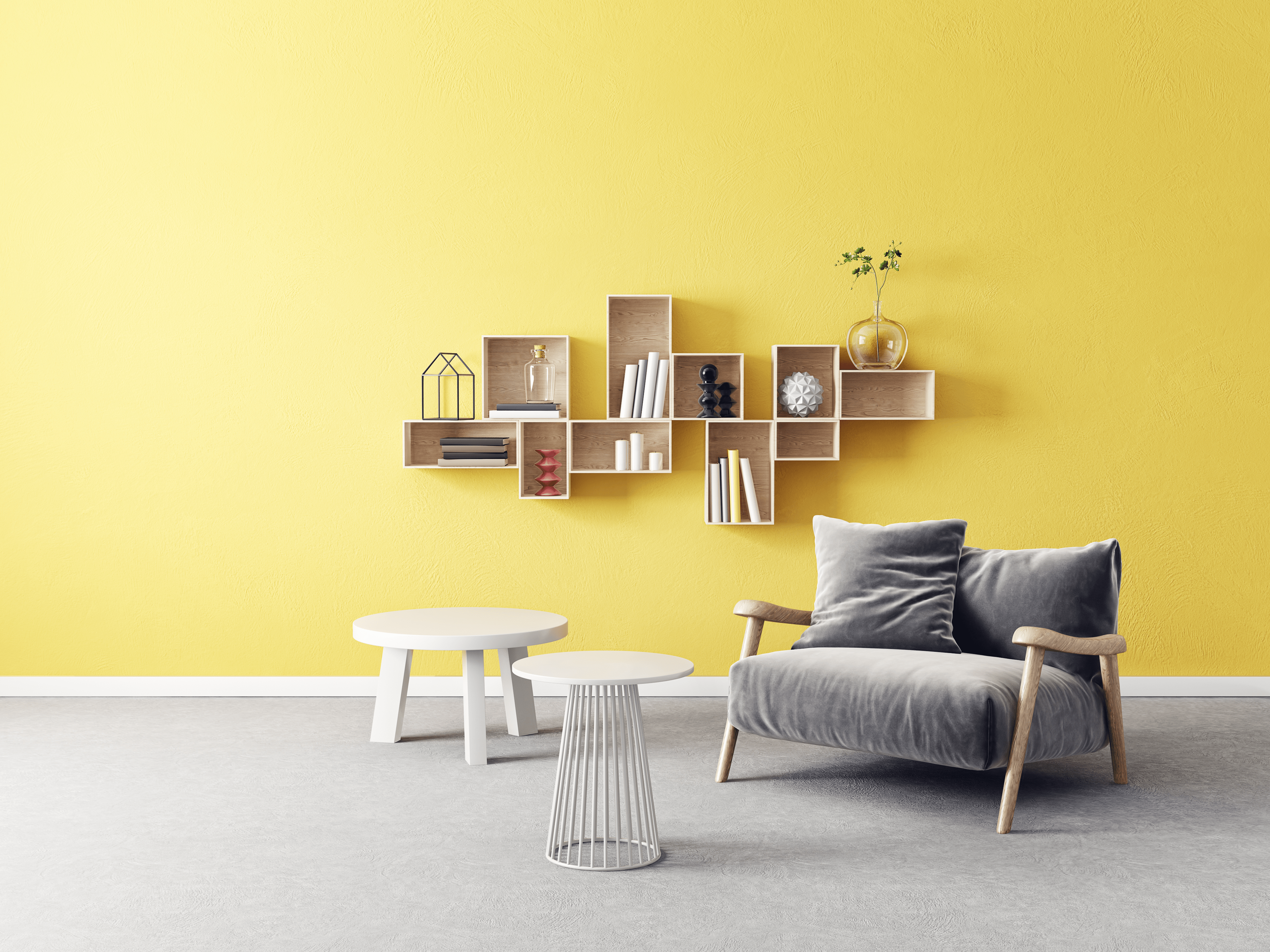Table of Contents
ToggleIntroduction
Commercial furniture marketing plays a crucial role in the success of businesses in Alberta. In a competitive market, companies must differentiate themselves and effectively showcase their products. Technological advancements, 3D modeling, and rendering have revolutionized the marketing of commercial furniture. This article explores how commercial furniture marketing can benefit from showcasing products through 3D modeling and rendering in Alberta.
Understanding Commercial Furniture Marketing
Commercial furniture marketing promotes products designed for commercial spaces such as offices, hotels, restaurants, and public areas. It targets architects, interior designers, contractors, and business owners who require high-quality, functional furniture solutions. The goal is to create awareness, generate leads, and drive sales within the commercial furniture industry.
The Importance of Showcasing Products Effectively
In a visually-driven world, effective product showcasing is paramount. Potential customers want to visualize how the furniture will fit into their space and align with their design aesthetics. Traditional marketing methods, such as product images and physical samples, need to be improved in conveying the complete picture. This is where 3D modeling and rendering come into play.
Exploring the Benefits of 3D Modeling and Rendering
Enhanced visualization and realism
Commercial furniture companies can use 3D modeling and rendering techniques to create highly realistic visual representations of their products. This allows potential customers to experience the furniture in a virtual environment, providing them with a better understanding of its design, materials, and functionality. The level of detail and accuracy achieved through 3D modeling enhances the visualization process, enabling customers to make informed decisions.
Customization and personalization options
With 3D modeling and rendering, commercial furniture companies can offer customization and personalization options to their customers. Customers can modify aspects such as the furniture pieces’ colors, materials, and dimensions through interactive tools and configurators. This level of flexibility empowers customers to tailor the products to their specific needs, resulting in higher customer satisfaction and increased sales.
Cost and time efficiency
Traditionally, creating physical prototypes and staging elaborate photoshoots for marketing purposes was a costly and time-consuming process. However, with 3D modeling and rendering, companies can significantly reduce these expenses. The digital nature of 3D models allows for quick modifications and iterations without physical materials. Additionally, 3D-rendered images and animations can be generated efficiently, saving time and resources in the marketing production cycle.
Increased customer engagement
3D modeling and rendering enable commercial furniture companies to create engaging and interactive customer experiences. Customers can explore and interact with furniture pieces more effectively through virtual tours, product walkthroughs, and augmented reality applications. This heightened engagement fosters a deeper connection with the brand and the products, leading to improved brand loyalty and higher conversion rates.
Leveraging 3D Modeling and Rendering for Commercial Furniture Marketing in Alberta
Now that we understand the benefits let’s explore how commercial furniture marketing in Alberta can leverage 3D modeling and rendering to maximize its impact.
Showcasing products in virtual environments
By integrating 3D models into virtual environments, commercial furniture companies can showcase their products in various settings, such as office spaces, hotel lobbies, and restaurants. This allows potential customers to visualize how the furniture looks and functions within their specific commercial spaces, providing a realistic and immersive experience.
Creating interactive product catalogs
Gone are the days of static product catalogs. With 3D modeling and rendering, commercial furniture companies can create interactive digital catalogs that allow customers to explore and interact with the products. Customers can rotate, zoom, and interact with different product features, gaining a comprehensive understanding of the furniture’s design and functionality.
Facilitating remote collaboration and sales
In a digital age, remote collaboration and sales have become increasingly important. 3D modeling and rendering enable commercial furniture companies to collaborate remotely with clients, architects, and interior designers. They can share 3D models, conduct virtual meetings, and make real-time modifications to the furniture designs. This streamlines the decision-making process, reduces the need for physical samples, and accelerates the sales cycle.
Case Studies and Success Stories
Several commercial furniture companies in Alberta have already embraced 3D modeling and rendering, experiencing remarkable results. Walker Edison, for instance, increased their conversion rate by 40% after implementing 3D product visualizations on their website. Konto Furniture successfully utilized augmented reality applications to showcase their furniture at a trade show, significantly increasing booth engagement and sales leads.
Overcoming Challenges and Limitations
While 3D modeling and rendering offer numerous benefits, some challenges exist. Creating highly detailed and realistic 3D models requires expertise and resources. Additionally, not all customers may have access to the required technology or may prefer physical samples for tactile evaluation. Commercial furniture companies must balance traditional and digital marketing approaches to cater to a diverse customer base.
Integrating 3D Modeling and Rendering into Marketing Strategies
To fully harness the potential of 3D modeling and rendering, commercial furniture companies in Alberta can incorporate the following strategies:
Optimizing website and online platforms
Implementing 3D product visualizations on websites and online platforms enhances the browsing experience for potential customers. Interactive features, such as 360-degree views and product configurators, allow users to explore the furniture pieces in detail and customize them according to their preferences.
Social media and advertising campaigns
Utilizing 3D-rendered images and animations in social media posts and digital advertising campaigns captures attention and drives engagement. Eye-catching visuals and interactive elements encourage users to interact with the content, increasing brand awareness and lead generation.
Trade shows and events
Commercial furniture companies can create immersive experiences at trade shows and events by integrating virtual or augmented reality solutions. This lets visitors interact with virtual furniture pieces, showcasing the company’s innovation and differentiation.
The Future of Commercial Furniture Marketing with 3D Modeling and Rendering
As technology continues to advance, the future of commercial furniture marketing with 3D modeling and rendering looks promising. Virtual reality advancements may enable customers to virtually “try out” furniture before purchasing. Artificial intelligence could enhance customization options by suggesting personalized design recommendations based on customer preferences. These developments will further elevate the marketing strategies of commercial furniture companies in Alberta.
Conclusion
Effective showcasing products is crucial for success in a competitive commercial furniture market. By leveraging 3D modeling and rendering techniques, companies in Alberta can enhance visualization, offer customization options, reduce costs, and increase customer engagement. Integrating 3D modeling and rendering into marketing strategies enables companies to create immersive experiences, facilitate remote collaboration, and stay ahead of the competition. Embracing this technology will undoubtedly shape Alberta’s commercial furniture marketing future.
FAQs (Frequently Asked Questions)
Can 3D modeling and rendering be used for all types of commercial furniture?
Yes, 3D modeling and rendering can be utilized for various types of commercial furniture, including office desks, chairs, tables, and seating arrangements.
Do customers need special software or equipment to experience 3D-rendered products?
Customers can experience 3D-rendered products using standard devices such as computers, smartphones, and tablets. Specialized software or virtual reality headsets are not always necessary.
Is 3D modeling and rendering cost-effective for small commercial furniture businesses?
Yes, 3D modeling and rendering can be cost-effective for small businesses. Reduced expenses in physical prototyping and traditional marketing methods can offset the initial investment in creating 3D models.
Are there any limitations to 3D modeling and rendering customization options?
The customization options offered through 3D modeling and rendering are extensive but dependent on the company’s capabilities. Limitations may arise regarding complex customizations or unique materials not supported by the rendering process.
Will 3D modeling and rendering completely replace physical product samples?
While 3D modeling and rendering are potent tools for showcasing products, physical product samples still hold value for customers who prefer tactile evaluation. Striking a balance between digital and physical representations is essential for accommodating diverse customer preferences.





